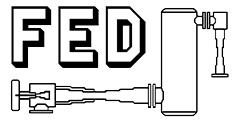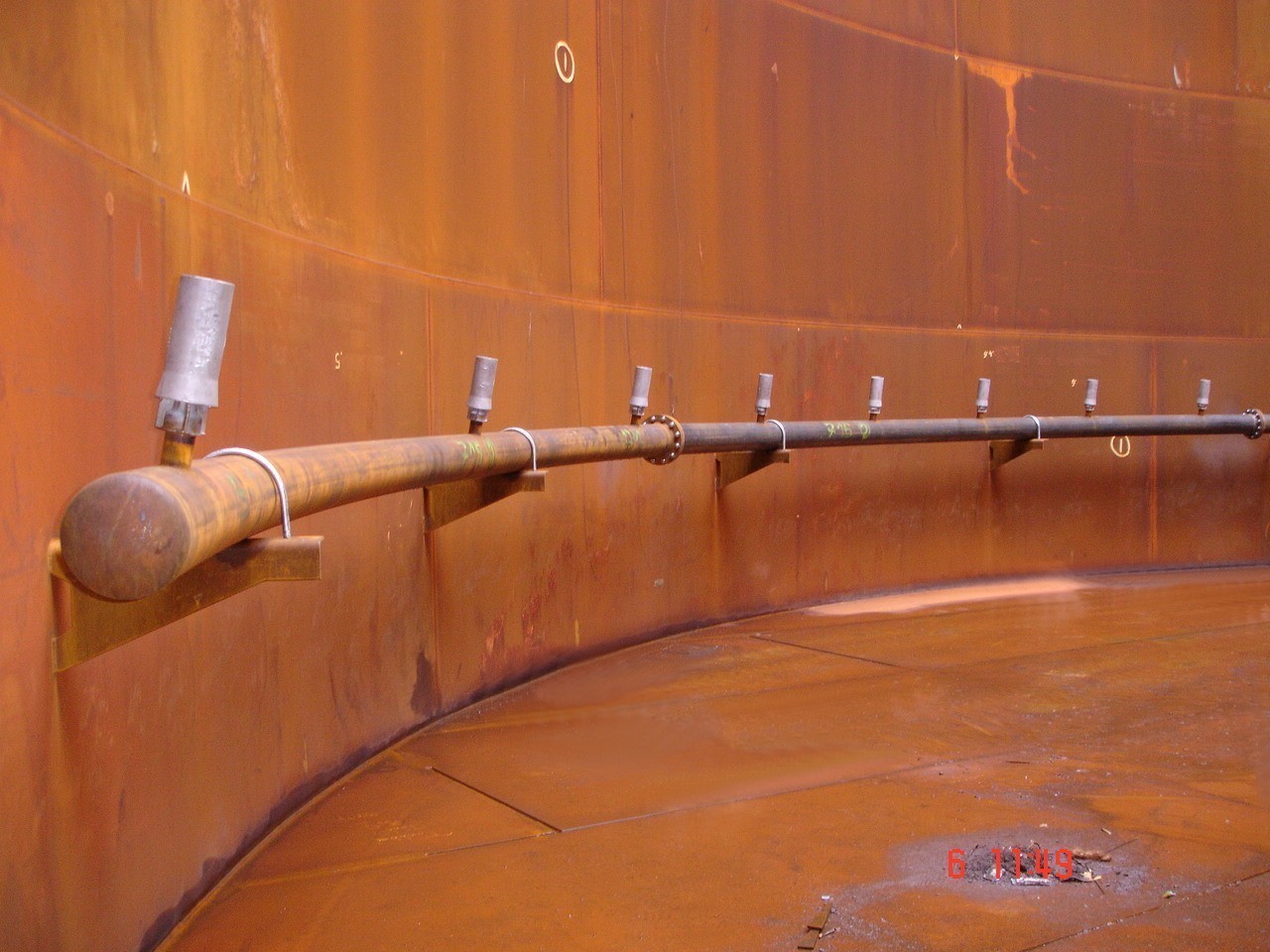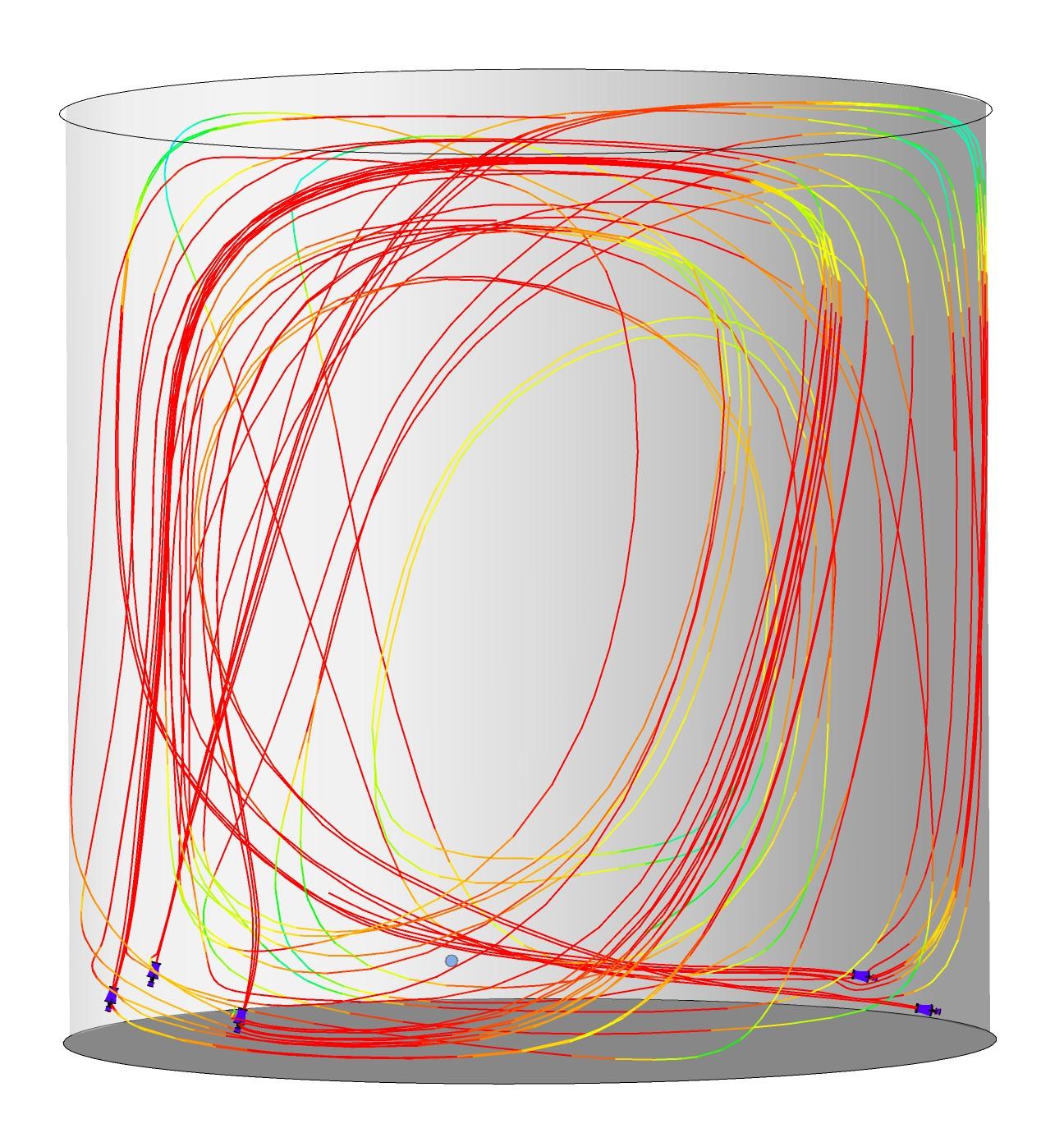Bio diesel, palm oil or other mineral oils are stored in large tanks, sometimes with over 10.000 cubic meters contents. A permanent agitation of the medium can help prevent separation or sedimentation thereof. In comparison to commercial agitators, Körting mixing systems offer decisive advantages for this duty.
With the increased demands for bio fuels, market demands for optimal transport and storage of this liquid are also heightened. For example, bio diesel, palm oil or also mineral oils must be collected and stored in large storage tanks with sometimes over 10.000 cubic meters storage capacity. This storage demands a permanent agitation in order to prevent separation or sedimentation. This is where Körting mixing systems come into operation. “The essential advantages in comparison to mechanical mixing systems are the low investment costs and the nearly wear-free operation”, as Peter Drögemeier, a graduate engineer employed by Körting Hannover AG, explained.
Körting mixing systems consist of several liquid jet mixing nozzles. These are made up of a motive nozzle and a mixing zone and operate as follows: the liquid motive medium is delivered to the mixing nozzles by means of a mechanical pump mounted on the outside of the tank. In the motive nozzle the static pressure of the motive medium is converted into speed. This generates a corresponding low pressure at the nozzle outlet and is utilised in order to suction in the so-called suction flow. “Suction and motive flow are intermixed intensively in this turblent area at the motive nozzle outlet as well as in the downstream mixing zone and then delivered as a mixed flow into the tank volume”, reported Mr. Drögemeier. The geometrical ratios of the tank as well as the arrangement and alignment of the liquid jet mixing nozzles play a decisive role thereby. “The efficiency of the mixing effect can be increased considerably by means of a suitable arrangement of the liquid jet mixing nozzles”, as the specialist explained. The computational fluid dynamics simulation (CFD) is used to optimise this arrangement. “With this, nearly all flow conditions in the tanks equipped with the respective liquid jet mixing nozzles can be simulated”, said Mr. Drögemeier.






